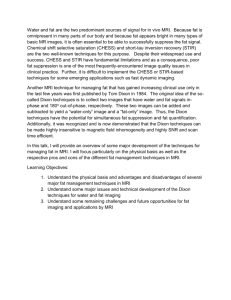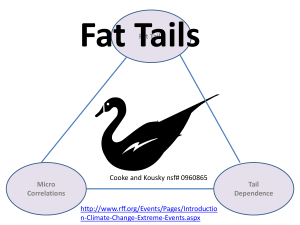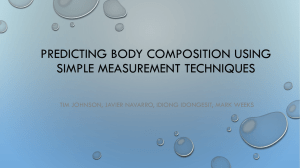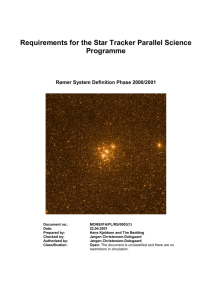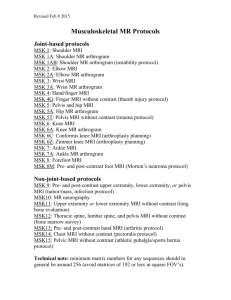Introduction to MRI: Principles and Techniques
advertisement
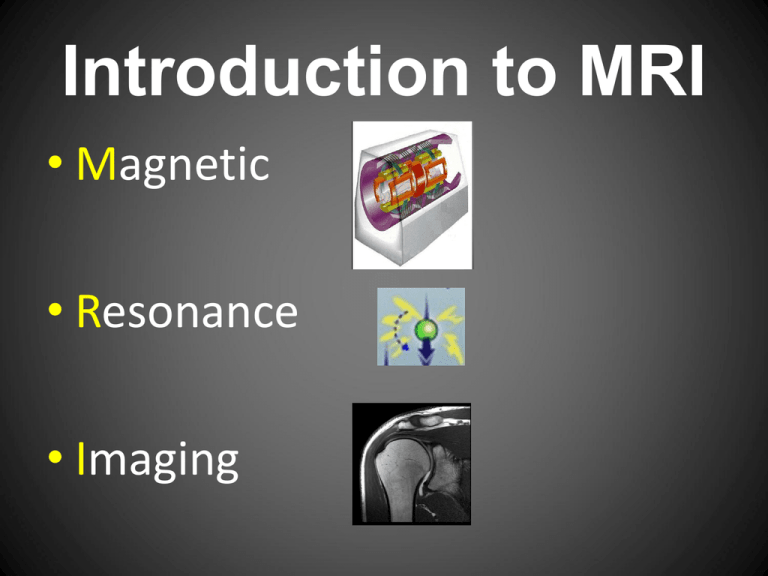
Introduction to MRI • Magnetic • Resonance • Imaging Bore 1.5-3.0 Tesla Super conductive Magnet, RF coils Understanding and Reading MRIs How is this MRI Image produce? Numbers Transforming Radio Frequencies into Images? Let’s step back, and look at a device that is familiar to all of us…the Radio RF decoded X 1021 / 5mm slice of tissue Setting up the Machine Surface coil Reading the Images The emitted energy of the protons once the RF is stopped is affected by in which tissue (the “lattice”) it resides: fat, muscle, ligament, bone, brain, etc. RF Pulse sequence parameters which the technician adjusts • The three pulse sequence parameters are • Repetition time (TR) measured in msec • Echo time (TE) measured in msec • Flip angle measured in degrees T1 and T2 relaxation times Occur simultaneously and independently of each other and form the basis of tissue contrast in MRreconstructed images T1 • Low TR (400-700 msec) • Low TE (20-40 msec) T2 • High TR (2,000-3,000 msec) • High TE (40-70 msec) Proton density • High TE (2,000-3,000msec) • Low TE (20-40 msec) Basic Sequences • T1 to view anatomy • T2 to detect a pathologic process (edema, swelling) • Proton Density (PD) great for ligamentous anatomy Basic Pulse Sequences for MRI Imaging Image type Fat Water Advantage T1 Bright Dark Anatomical detail T2 Intermediate Bright ++ edema Fat Suppressed T2 Very Dark Very Bright ++++ edema Fat Suppression A very valuable tool to define whether a structure is composed of water (bright) such as blood or fat (bone marrow) Fat Water TI Fat Water T2 Fat Water Intermediate Bright Fat Water T2 Fat Suppressed Proton Density Fat Suppressed (PD-S) FAT Water



